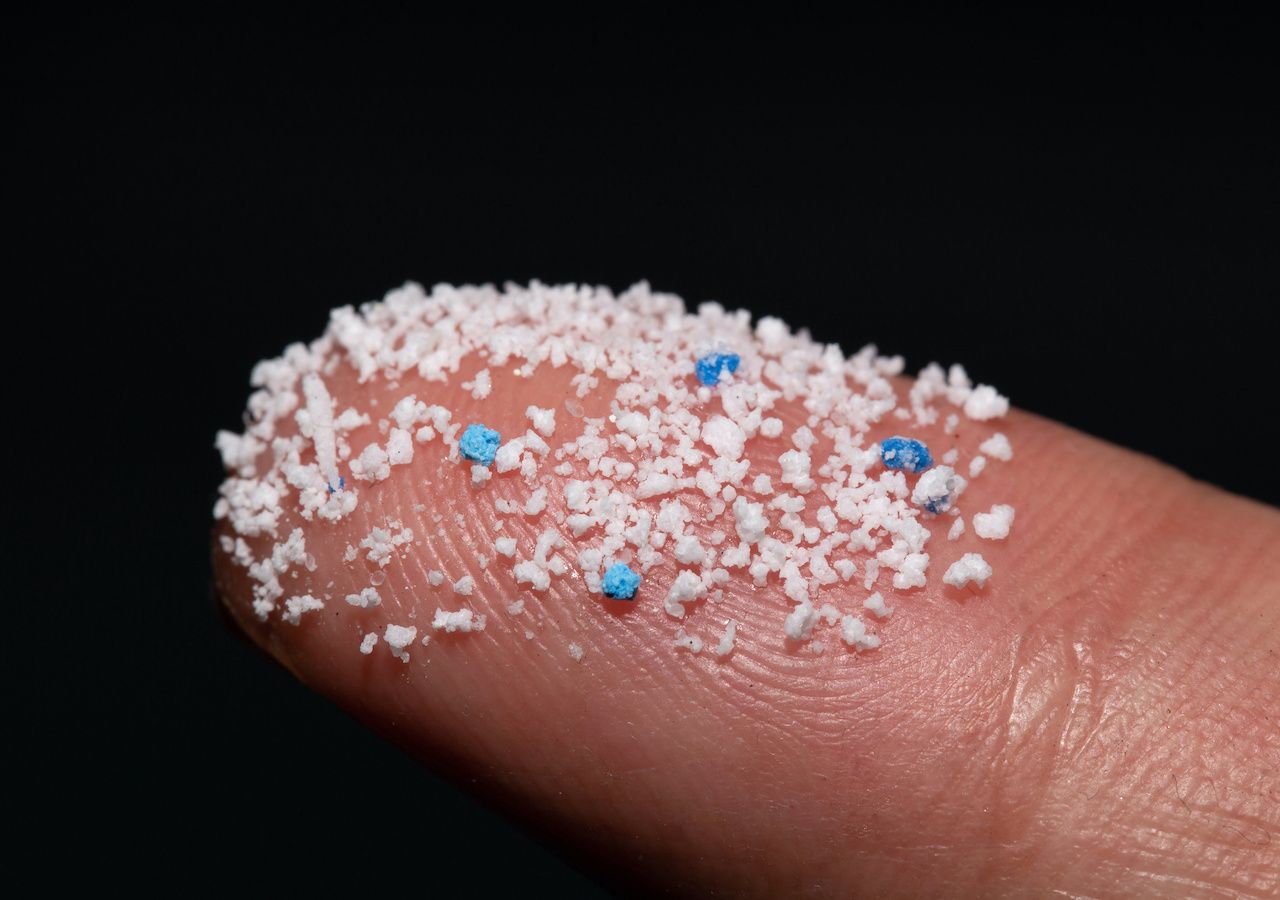
Plastic is falling from the sky, polluting remote parts of North America and other parts of the world. Some have described plastic rain as the new acid rain. A study recently published in the journal “Science” found that more than 1,000 tonnes of microplastics fell in 11 protected areas in western United States.
Microplastics refer to plastic particles smaller than 5mm, broken up from large pieces of plastic bags and bottles. Plastics break down into smaller pieces but do not disintegrate, unable to decompose naturally as can biodegradable materials. They take at least thousands of years to decompose. But as they do, they harm the environment and possibly the health of living things.
For example, when ingested by an animal, it can take up to two weeks to leave that animal’s body. Microplastics have been found in amazing places, from the top of Mount Everest to a human placenta. The amount of microplastics in the ocean is also of great concern, and as we see with plastic rain, the ocean pushes some of these plastics back to land, via the atmosphere.
Where does plastic rain come from?
Models published in the articles of the American National Academy of Sciences show that atmospheric microplastics come mainly from road dust (84%), wind on the ocean (11%) and soil dust from agriculture (5%).
84% of atmospheric microplastic pollution in the western United States may be derived from road dust, suggesting that even after atmospheric microplastics settle on land, they may reenter the atmosphere. In PNAS: https://t.co/XHNumqOUrA pic.twitter.com/vx2MXBvS7U
— PNASNews (@PNASNews) April 15, 2021
Microplastics can stay in suspension for almost a full week, leaving enough time to travel over oceans and continents. Scientists describe the cyclic processes of microplastics in the earth as being similar to biogeochemicals.
Microplastics can be carried in the air for almost a week, allowing them to travel great distances.
Although innovations in biodegradable plastic have shown promise, the authors concluded that non-biodegradable plastics that have accumulated in the past will continue to circulate in earth systems. In addition, the plastic cycle and how microplastics are distributed should continue to be studied in more detail. The authors wrote: “At the current rate of increasing plastic production (about 4% per year), understanding the sources and consequences of microplastics in the atmosphere should be a priority.”
Sea breezes could contain microplastics
Meanwhile, another study found that the sea breezes we breathe may contain microplastics. The study was published by the University of Strathclyde and the Midi-Pyrénées Observatory (University of Toulouse), finding evidence that hundreds of thousands of tons of microplastics could be blown onto the earth by sea breezes each year. They analyzed the microplastics in the sea spray, finding that the microplastics could enter the atmosphere through sea breezes, before being transported to land.
The huge amount of microplastics circulating on the planet poses a threat to both the environment and human health. Commenting on the matter online, Wildlife Trusts CEO Craig Bennett said: “This is going to become a big deal in the years to come …”
– .


